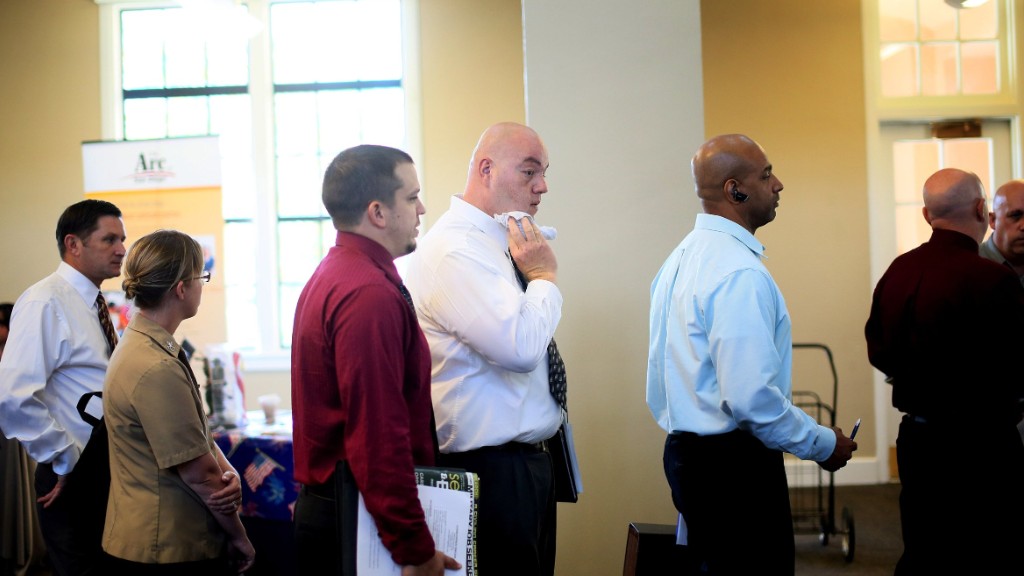
Friday's monthly jobs report changed the picture of the U.S. economy in more ways than one, showing the unemployment rate fell to the lowest level in more than three years and hiring was stronger than originally reported throughout the summer.
Unemployment unexpectedly fell to 7.8% in September, down from 8.1%, as a survey of U.S. households showed 873,000 more Americans had jobs compared to a month earlier.
The last time the unemployment rate was that low was in January 2009, the month President Obama was inaugurated.
A separate survey of employers, considered the key metric that Wall Street watches, showed businesses added 114,000 jobs in September. It marked a slowdown in hiring, after July and August were revised significantly higher.
Those revisions added 86,000 more jobs than originally reported in the summer.
Ever since the financial crisis, the monthly jobs report has been the most intensely watched economic indicator, but in election season, attention surrounding the numbers has reached new heights.
Related: Fiscal cliff threatens 277,000 federal jobs
The Labor Department collects the data monthly, using both a survey of employers and a smaller survey of households. The two surveys don't always tell the same story on the first read, but over time, the data is revised to reflect more comprehensive information.
In the most recent household survey, the biggest hiring gains came in the form of 582,000 new part-time jobs in September. Part of that number can be explained by young workers, ages 16 to 24. The data show this age group saw a huge pickup in jobs in September, due almost entirely to seasonal adjustments by the Labor Department.
Meanwhile, the employer survey showed the health care sector added 43,500 jobs, transportation and warehousing added 17,100 jobs and restaurants and bars added 15,700 jobs. Manufacturers cut 16,000 jobs -- the second month in a row they've slashed workers.

The government added jobs for the third month in a row.
Commentators from both sides of the political spectrum were quick to jump on the numbers Friday morning as both a sign that the job market has improved recently, and that economic growth remains far too slow to pull millions of Americans out of unemployment.
Both points are correct.
Did you get a job? Tweet us #igotajob
Although the unemployment rate is right back to where it was when Obama entered office, the U.S. economy has still not recovered all the jobs lost before his inauguration.
Of the 8.8 million jobs lost during the financial crisis, about 4.3 million have been added back. The Labor Department signaled last week that it may revise the job gains higher, but even so, the job market still has a long way to go before it's fully healed.
About 12.1 million people were unemployed in September, and 40% of them have been so for six months or more.
The so-called "underemployment rate," which includes people who are working part time for economic reasons, and those who have recently stopped looking for a job, was 14.7% in September.
Most economists expect the economy to remain slow for the foreseeable future, growing around 2% a year through 2013.
Growth at that rate is consistent with about 150,000 jobs created each month -- just enough to keep up with population growth.



